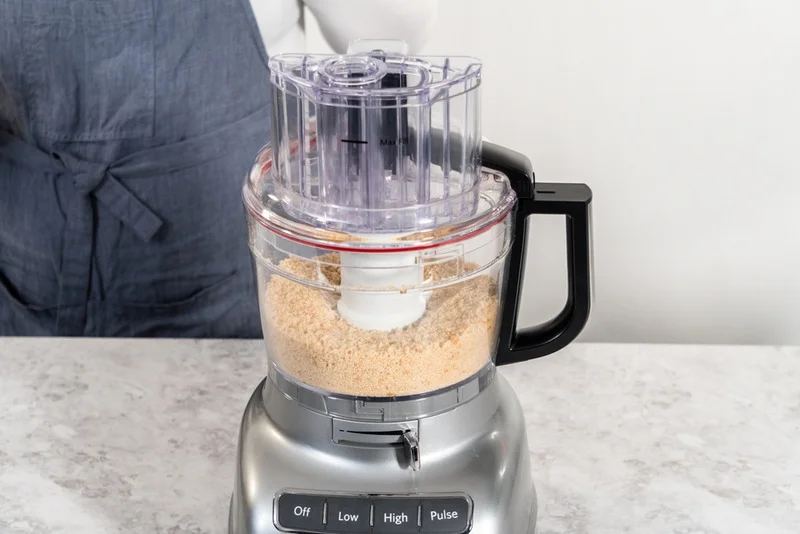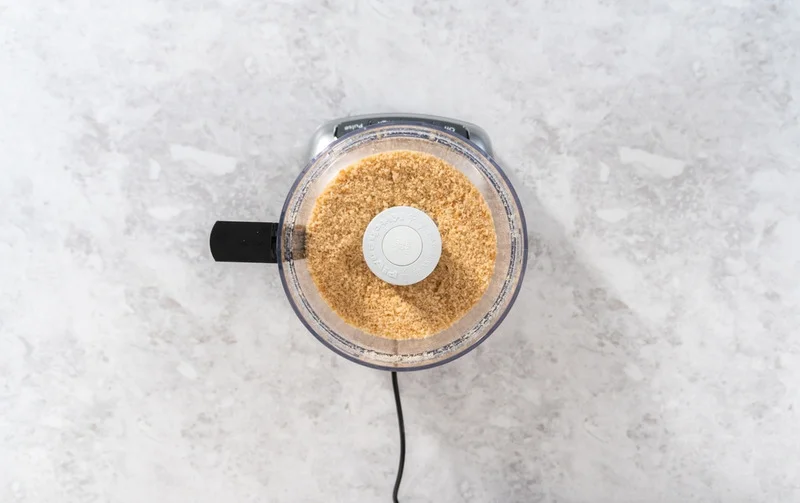Making the most of leftover or stale bread is a culinary tradition that spans cultures. One of the most versatile ways to utilize old bread is by transforming it into bread crumbs. Perfect for adding texture to dishes or acting as a binding agent in recipes, knowing how to make bread crumbs at home is a kitchen skill everyone should master.
Learn More About Different Types & Uses of Bread
The Basics of Bread Crumbs Creation
Dive deep into the bread crumb creation process. From choosing the right bread to achieving the perfect texture, here’s your guide to homemade bread crumbs.
Choosing the Right Bread
Whether it’s sourdough, Italian, or just your basic loaf, almost any bread can be turned into crumbs. However, breads without a strong flavor profile, like sourdough or Italian, are often preferred.
Prepping the Bread
Before making crumbs, ensure the bread is slightly stale for better texture. If it’s fresh, you can dry it out in the oven at a low temperature.
Achieving the Perfect Crumbs Size
For finer bread crumbs, use a food processor or blender. For a chunkier texture, a rolling pin or just your hands can do the trick.
Storing and Using Homemade Bread Crumbs
Now that you have your crispy crumbs, discover the best ways to store them and the myriad of dishes you can enhance with your homemade creation.
Storing Your Bread Crumbs
Store in an airtight container to retain freshness. For longer shelf life, consider freezing your bread crumbs in a zip-top bag.
Versatility in the Kitchen
Bread crumbs can elevate the texture and taste of dishes. Use them for meatballs, casseroles (recipes here), chicken parmesan, or even a crunchy appetizer topping.
Seasoning and Flavoring Your Bread Crumbs
Making bread crumbs from scratch means you can season them just the way you like. Here are some flavor-packed ideas.
Classic Italian Seasoning
Mix in some herbs like basil, oregano, and a hint of parmesan to give your bread crumbs an Italian twist.
Adding Moisture and Richness
A touch of melted butter or olive oil can provide moisture, ensuring your bread crumbs have a rich flavor when used in dishes.
Additional Tips for Perfect Bread Crumbs
While the process might seem straightforward, a few additional pointers can make a world of difference in the quality and texture of your homemade bread crumbs.
Crumbs Color and Oven Toasting
Achieve a golden hue by toasting the bread crumbs in the oven. Spread them evenly on a baking sheet and bake at a low temperature, monitoring closely to avoid burning.
Moisture is the Enemy
It’s essential to ensure that your bread crumbs are moisture-free when stored. Moisture can lead to mold. If you suspect any dampness, re-toast them slightly before storing them.
Bread Alternatives
While traditional bread crumbs are popular, don’t be afraid to experiment. Try making crumbs from croutons, bagels, or even gluten-free bread for a different flavor and texture.
Read more: “Is Soy Lecithin Gluten Free? Here’s What You Need to Know.”
Healthier Variations of Bread Crumbs
Health-conscious? There are plenty of ways to adapt bread crumbs to fit specific dietary needs or preferences.
Whole Grain and Multigrain Options
Whole grain bread offers a denser texture and a nuttier flavor. It’s also packed with more nutrients than white bread, making it a healthier choice for breadcrumbs.
Gluten-Free Bread Crumbs
For those with gluten sensitivities or preferences, gluten-free bread can easily be transformed into bread crumbs using the same method outlined above.
Reduced Sodium and Unsalted Versions
For a heart-healthier option, consider using unsalted bread or rinsing salted bread lightly with water and then drying it completely before turning it into crumbs.
By following this guide, you can quickly transform stale bread into delicious and crispy bread crumbs, elevating the taste and texture of countless dishes. Don’t throw away that old loaf; give it new life in the form of versatile bread crumbs.
Frequently Asked Questions
How can I make herb-infused breadcrumbs?
Mix in dried or fresh finely chopped herbs like rosemary, thyme, or basil during processing.
Are breadcrumbs gluten-heavy?
Traditional breadcrumbs contain gluten. For a gluten-free option, use gluten-free bread.
Can I use breadcrumbs to stuff vegetables?
Yes, breadcrumbs make an excellent base for stuffing in bell peppers, tomatoes, or zucchini.




